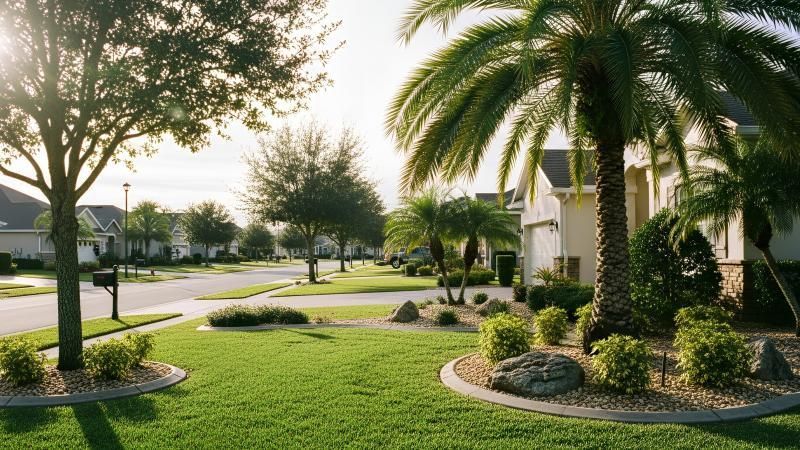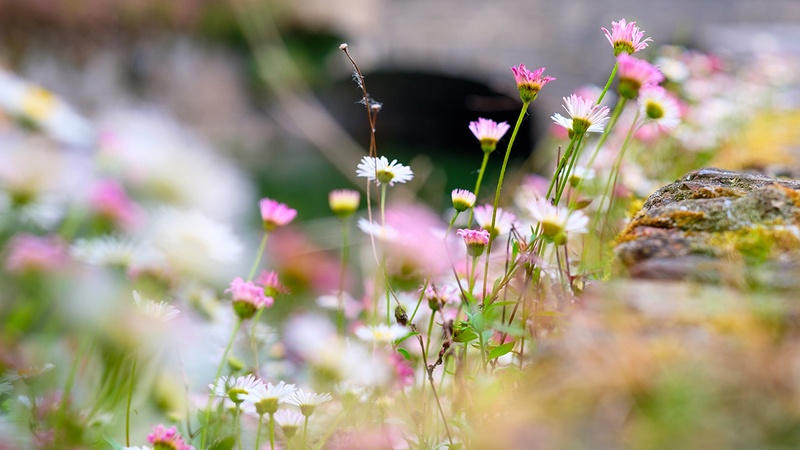Approximately a third of your water bill is spent on irrigation, so choosing the right one for your needs is integral. Having native, drought resistant plants helps, but if you have a garden, you’ll have to water more frequently.
How much water do your plants need? Just like grass, the most efficient way to water your landscape plants is to water deeply but infrequently. Larger plants, like trees, need to have several feet of water because they have deeper roots and larger root zones, which store more. This also means they can be watered less frequently. Watering about a foot deep is the correct depth for small plants, such as groundcovers and annuals.
In Ground Sprinkler System
Are you always chasing after the seemingly unattainable goal of a lush green lawn? Tired of pulling out the hose and sprinkler? Live in an area that doesn't get much rain? If you answered "yes" to any of these questions, an irrigation system might be just what you need.
If your landscape project calls for a new in-ground irrigation system, it should go in last, after the plants are in the ground to ensure that the right kind of head delivers the appropriate amount of water. Make sure to organize your plants into hydrozones—grouped according to low, moderate and high water use.
This type of system saves you time and water since it has sensors. A rain sensor turns off sprinklers when it rains or adjusts the settings to account for the amount of water that falls. An evapotranspiration (ET) controller uses real-time weather and other data, including sun angles, to adjust the watering schedule.
Reclaimed Water System
Not so long ago, it seemed that there would always be plenty of fresh water to go around. In reality, however, only 1% of the world’s water is suitable for consumption. And to make matters worse, the world’s population in 2010 had grown so large that an estimated one-third of all people now live in a region experiencing water shortages. Water prices in the US have risen by 30%, a number that’s likely to increase in the years ahead. It obviously makes sense to consider alternatives to fresh water for landscape irrigation. That’s where the use of non-potable water comes into play. Reclaimed water includes water harvested from air-conditioning condensate, rainwater, stormwater runoff, and in some communities, treated commercial and residential wastewater.
The use of this type of water has experienced a surge in popularity recently, partly due to the United States Green Building Council’s (USGBC) Leadership in Energy and Environmental Design (LEED) Program.
Rain Harvesting
Installing rain barrels or cisterns to collect rain reduces your water bill and helps the environment by reducing the amount of stormwater runoff. Rain barrels are relatively inexpensive and easy to incorporate into a landscape, even as an afterthought. However, cisterns, which often go under patios or decks, require excavation and electrical hook up for the pump, and you need to incorporate it into your design from the beginning.
Take into consideration your lawn size and the types of foliage you're growing, and/or planting and a landscape professional can help you choose a system that is best for you.




